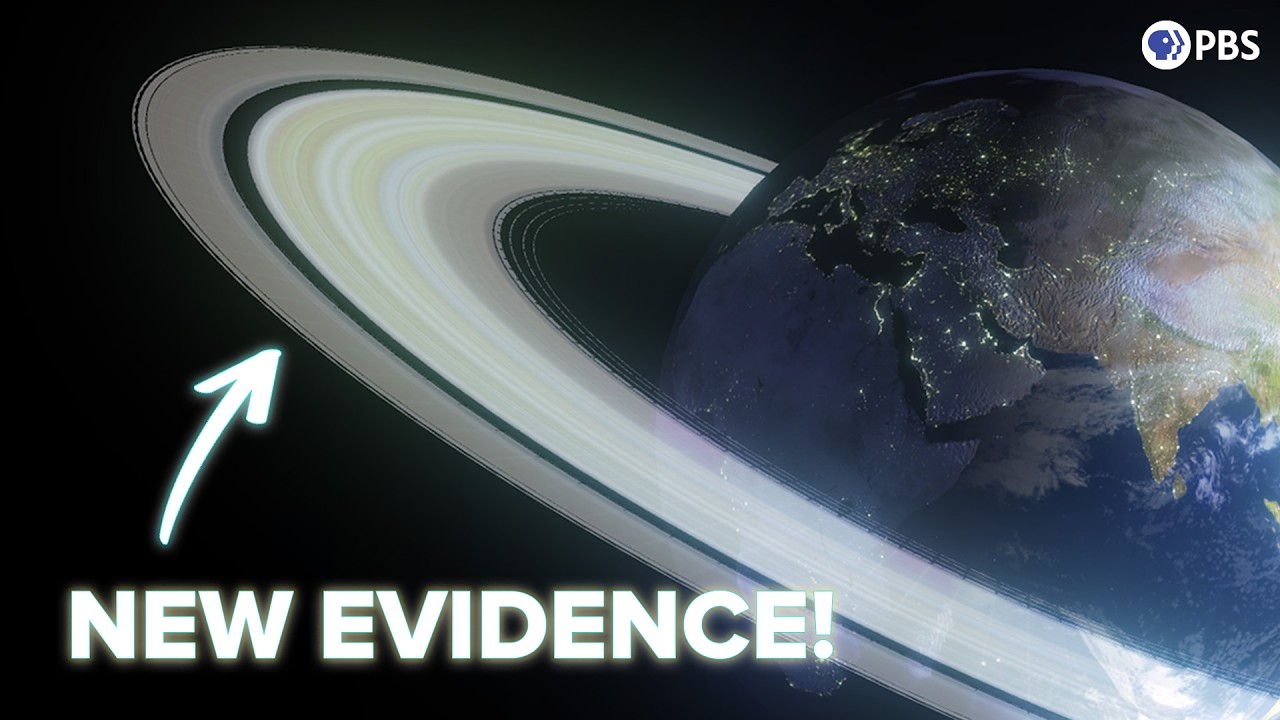The video discusses the possibility that Earth once had a ring system around 466 million years ago during the Ordovician period, supported by evidence of increased meteorite activity and the dynamics of ring formation. It also explores the potential for Earth to regain a ring system in the future, contingent upon a near-miss with an asteroid and subsequent debris capture.
The video explores the intriguing possibility that Earth once had a ring system, akin to Saturn’s, and discusses whether it could regain such a feature in the future. The host begins by highlighting Earth’s beauty and contrasts it with Saturn’s iconic rings, suggesting that if Earth had its own rings, it would be unparalleled in splendor. The video also introduces new initiatives, including monthly interviews with scientists, starting with Dr. Matthew Caplan, a computational nuclear astrophysicist, to discuss significant topics in space science.
The video delves into the transient nature of planetary rings, explaining that they can form and dissipate over time. Saturn’s rings, for instance, are expected to disappear in a few hundred million years. Other planets, like Jupiter and Mars, exhibit vestigial rings, hinting at the cyclical nature of ring systems. A recent study from Monash University provides evidence that Earth may have had a ring system approximately 466 million years ago, during the Ordovician period, which coincided with a significant influx of meteorites.
To understand how rings can form and disappear, the video explains the dynamics of ring particles, which can either fall onto the planet or coalesce into moons. The Roche limit is introduced as a critical distance within which moons cannot form, allowing particles to remain as rings. The video discusses how a large asteroid’s near miss with Earth could have led to the formation of a temporary ring system, with debris captured by Earth’s gravity and eventually spiraling inward due to atmospheric drag.
The evidence for Earth’s ancient ring system is linked to the Ordovician impact spike, a period marked by a significant increase in meteorite activity. Researchers propose that a large asteroid disrupted by tidal forces created a cloud of debris that formed a ring around Earth. The video highlights the importance of the distribution of impact craters, which, when traced back to their original positions, suggest a concentration near the equator, supporting the hypothesis of a ring system.
Finally, the video concludes by emphasizing that while the evidence is compelling, further research is needed to confirm the existence of Earth’s ancient rings. The potential for Earth to regain a ring system is also discussed, contingent upon a near-miss with an asteroid and subsequent meteor activity. The host encourages viewers to engage with the content and participate in the ongoing exploration of Earth’s geological and astronomical history.
